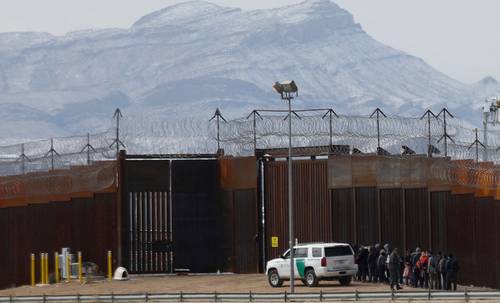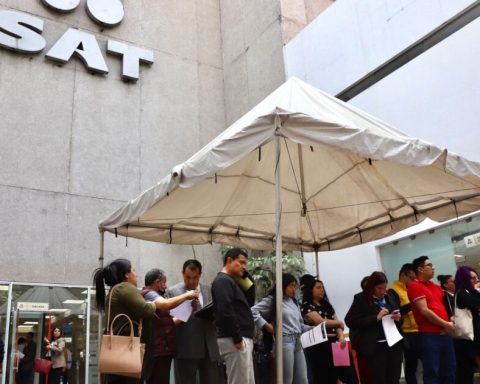The life of Arthur Ashe, but not his memory and legacy, went out at dawn on February 6, 1993. The African-American was a symbol of sports; of minorities, of athletes’ rights, of social actions, of the fight against apartheid… and a collateral victim of HIV/AIDS.
The tennis legend died at just 49 years old, with practically a whole life ahead of him.
LAUREATE
Elegant and sober, Ashe He was the owner of a devastating serve and volley game. broke all the molds by becoming the first black man to win the highest elite titlesLike the US Opens (1968), Australia (1970), Wimbledon (1975) and until the Davis Cup (1963 and 1968, 1969, 1970). In addition, he won two more Grand Slam titles in the doubles modality.

Ashe was the first black man to win the highest elite titles. Photo: Getty.
In fact, it was the first black man to be called up to the US Davis Cup teamstaying the same for a whole decade and proving to be decisive in the individual clashes he starred in.
KNOW MORE: Djokovic won in Australia with a 3cm tear in his thigh
But despite its unbeatable appearance, Ashe was already suffering, without knowing it, from serious vascular problems. His arteries were beginning to clog.
His situation worsened after suffering a heart attack and undergoing heart surgery in 1979. (needed a quadruple bypass). No.or he had no choice but to announce his retirement in 1980.
In 1983 he required a second intervention and multiple blood transfusions. A not so noble blood, infected with the then unknown HIV. A fatality that would cost him his life.
HIS FIGHT
Ashe found out she had AIDS five years after her last surgery, in 1988, but kept it a jealous secret until 1992.
In the same way that he had broken his back for his race, by getting segregationist South Africa expelled from the Davis Cup, or by those of his profession, by promoting the creation of the ATP, he dedicated his last years of life to collaborate with HIV prevention campaigns (In a single night he managed to raise USD 5 million for the initiative).

Ashe dedicated the last years of her life to collaborating with HIV prevention campaigns. Photo: Getty.
He also carried out other tasks, among which are writing for Time magazine, commenting for ABC Sports, founding his country’s National Junior Tennis League and serving as Davis Cup captain (1981-1984).
In 1985 he was elected to the International Tennis Hall of Fame.
On December 1, Ashe spoke before the United Nations and asked that no one be able to blame them for not having used “all the necessary resources” to combat the disease.
TOWARDS THE END
Two months before his death created the Arthur Ashe Institute for Urban Health to assist in the prevention of inappropriate health treatment and He was named “Sportsman of the Year” by Sports Illustrated magazine.
Less than a week before his death, he finished his memoirs, which were published under the title “Days of Grace.”
KNOW MORE: Sabalenka is second although far from Swiatek
The man who returned all the balls except the one that sent him, treacherously, a merciless disease, died on February 6, 1993 victim of pneumonia complicated by AIDS.
FOR POSTERITY
He is remembered as a sporting example of all time, with more than 800 victories during his sports career.
Ashe has a Monument in Richmond dedicated to him, on “Monument Avenue” (Avenue of Monuments) traditionally reserved for figures from the Confederate States of America (a political entity that fought to uphold the legality of slavery in the Civil War).
The main stadium at the USTA National Tennis Center in the Flushing Meadows Park, where the US Open is played, was named Arthur Ashe Stadium in his name. It is currently the tennis stadium with the largest capacity on the entire planet.
ever said: I know that I would never have forgiven myself if I had chosen to live without a human purpose, without trying to help the poor and unfortunate.without recognizing that, perhaps, andhe pure enjoyment of life comes from trying to help others. I don’t want to be remembered for my tennis achievements, that is not a contribution to society. That was purely selfish; that was for me“.


















